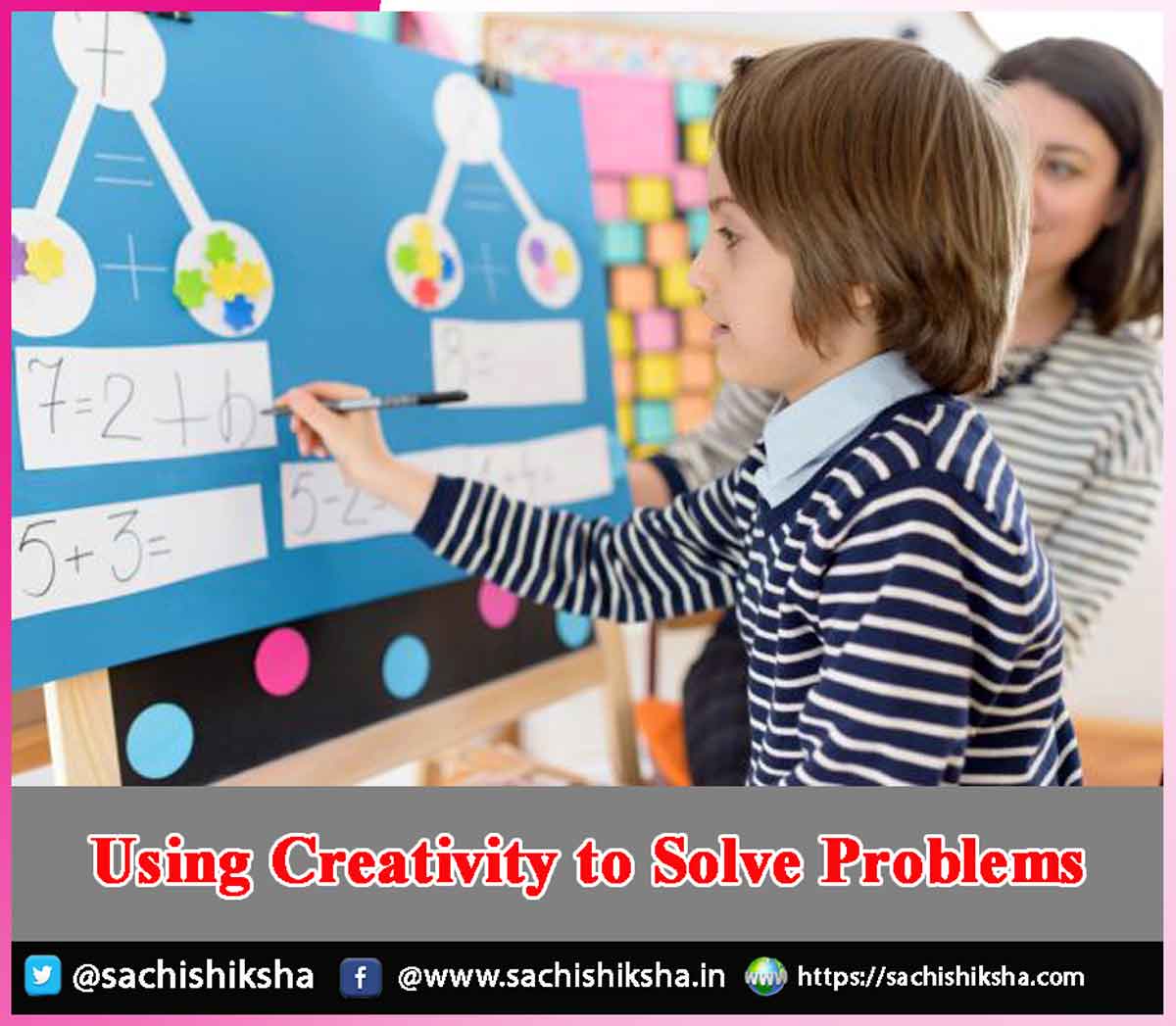Using Creativity to Solve Problems
Introduction : Creativity is often viewed as a trait inherent in artists and innovators, but it is also a critical skill applicable across various fields, particularly in problem-solving. In an era marked by rapid change and complex challenges, harnessing creativity can lead to effective solutions that are not only practical but also innovative. This essay explores the significance of creativity in problem-solving, the processes involved, and practical strategies to foster creativity in individuals and teams.
Table of Contents
Understanding Creativity in Problem-Solving

Problem-solving can often become rigid, constrained by established norms and practices. Creative problem-solving challenges this rigidity, encouraging flexibility and open-mindedness. This process is especially valuable in fields such as business, education, healthcare, and technology, where conventional approaches may no longer suffice.
The Importance of Creativity in Problem-Solving
Adaptability to Change:
In a rapidly evolving world, challenges are often unpredictable. Creative problem-solving enables individuals and organizations to adapt to changing circumstances and find innovative solutions. This adaptability is crucial in industries like technology, where new developments constantly reshape the landscape.
Enhanced Collaboration:
Creativity fosters collaboration and teamwork. When team members share ideas and engage in brainstorming, they build upon each other’s strengths, leading to more comprehensive solutions. Diverse perspectives contribute to a richer pool of ideas, making the problem-solving process more effective.
Increased Engagement:
Engaging in creative problem-solving can be intrinsically motivating. When individuals are encouraged to think creatively, they are more likely to feel invested in the process. This engagement can lead to higher satisfaction levels and a greater sense of ownership over the solutions developed.
Innovation and Competitive Advantage:
Organizations that prioritize creativity in problem-solving often find themselves at the forefront of innovation. By developing unique solutions, they can differentiate themselves from competitors, attracting customers and driving growth.
Resilience and Resourcefulness:
Creative problem-solving encourages a mindset of resilience. It teaches individuals to view setbacks as opportunities for growth rather than insurmountable obstacles. This resourcefulness is essential in navigating complex problems effectively.
The Creative Problem-Solving Process
The creative problem-solving process can be broken down into several stages, often summarized in the following framework:
- Problem Identification: The first step is to clearly define the problem. This involves gathering information, understanding the context, and identifying the underlying issues. A well-defined problem sets the stage for effective brainstorming.
- Idea Generation: In this stage, individuals or teams engage in brainstorming to generate a wide range of ideas. Divergent thinking techniques, such as mind mapping or free association, can facilitate the exploration of different perspectives. The goal is to generate as many ideas as possible without judgment.
- Idea Evaluation: Once a diverse set of ideas is generated, the next step is to evaluate them. This involves analysing the feasibility, potential impact, and practicality of each idea. Convergent thinking comes into play as the best ideas are selected for further development.
- Solution Development: Selected ideas are then developed into actionable solutions. This may involve creating prototypes, planning implementation strategies, or outlining steps to bring the solution to fruition.
- Implementation: The developed solution is put into action. This stage requires effective communication and collaboration among team members to ensure the solution is executed successfully.
- Reflection and Iteration: After implementation, it is essential to reflect on the outcomes. Did the solution work as intended? What lessons were learned? This reflective practice allows for continuous improvement and iteration, fostering a culture of ongoing creativity.
Strategies to Foster Creativity in Problem-Solving
- Encourage Open-Mindedness: Create an environment where team members feel safe to share their ideas without fear of criticism. Encourage a culture of curiosity, where questions are welcomed, and diverse viewpoints are valued.
- Diverse Teams: Form teams with diverse backgrounds, experiences, and skill sets. Diversity enhances creativity by bringing in various perspectives and approaches to problem-solving. This variety enriches discussions and leads to more innovative solutions.
- Brainstorming Sessions: Organize regular brainstorming sessions to encourage idea generation. Use techniques like rapid brainstorming, where participants contribute ideas quickly, or “Yes, and…” exercises that build on each other’s suggestions.
- Limitations as Catalysts: Embrace constraints as opportunities for creativity. When faced with limitations (time, budget, resources), teams may be forced to think creatively to devise innovative solutions within those boundaries.
- Use of Technology: Leverage technology and digital tools to facilitate collaboration and idea sharing. Platforms for virtual brainstorming or project management can help teams collaborate effectively, even in remote settings.
- Incorporate Play: Use play and playful activities to stimulate creative thinking. Techniques such as role-playing or design thinking exercises can break down barriers and encourage participants to approach problems in novel ways.
- Regular Reflection: Incorporate regular reflection sessions where teams can discuss what worked, what didn’t, and how they can improve. This iterative process promotes a mindset of continuous learning and adaptation.
- Cultivate a Growth Mindset: Encourage individuals to embrace challenges and view failures as opportunities for growth. A growth mindset fosters resilience and encourages individuals to pursue creative solutions rather than shy away from difficulties.
Conclusion
Creativity is an essential component of effective problem-solving in today’s complex and dynamic world. By harnessing creative thinking, individuals and organizations can develop innovative solutions that address challenges head-on. The process of creative problem-solving not only enhances adaptability and collaboration but also fosters a culture of engagement and resilience.
To fully leverage creativity in problem-solving, it is important to cultivate an environment that encourages open-mindedness, embraces diversity, and values the iterative nature of the creative process. By employing practical strategies and techniques, we can unlock the creative potential within individuals and teams, ultimately leading to more effective and sustainable solutions to the problems we face. In a world where the only constant is change, creativity will be the key to navigating challenges and driving progress.















































